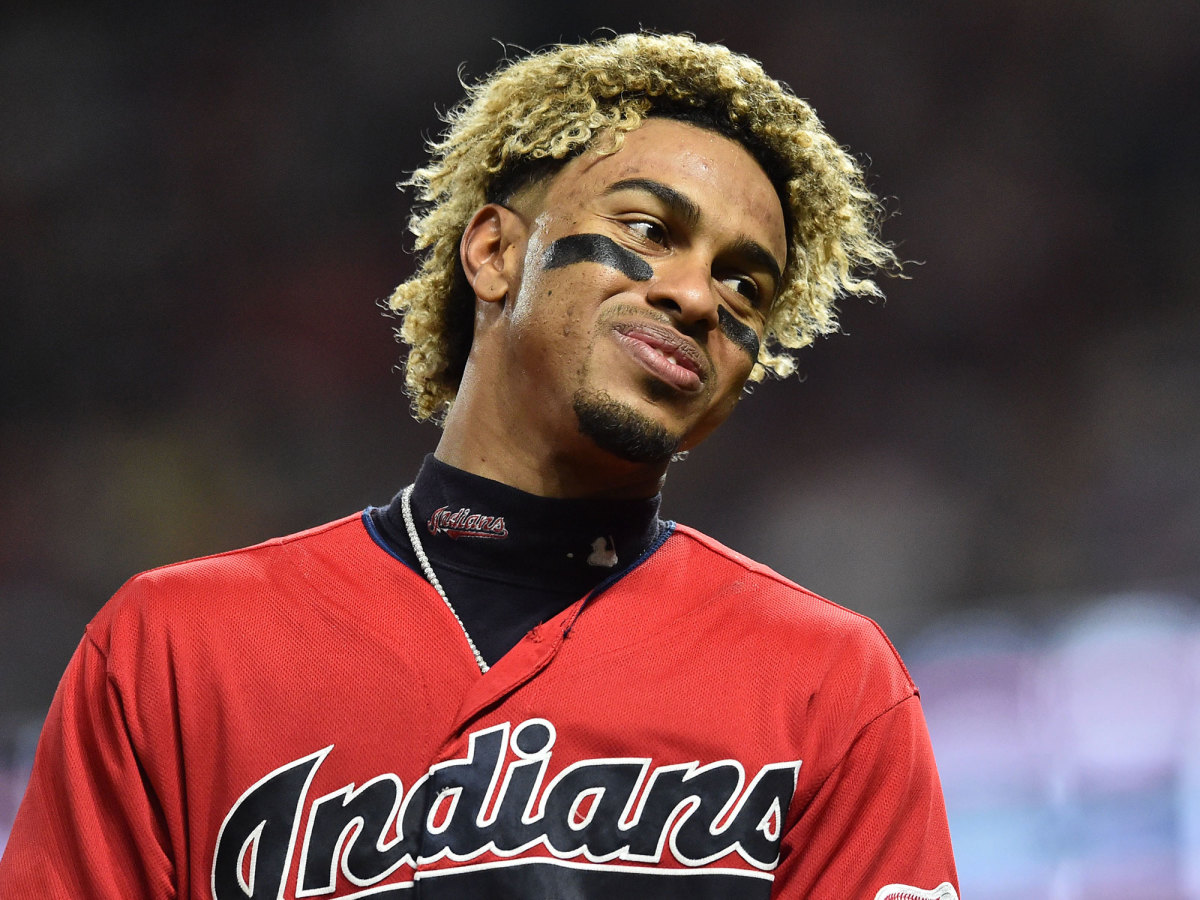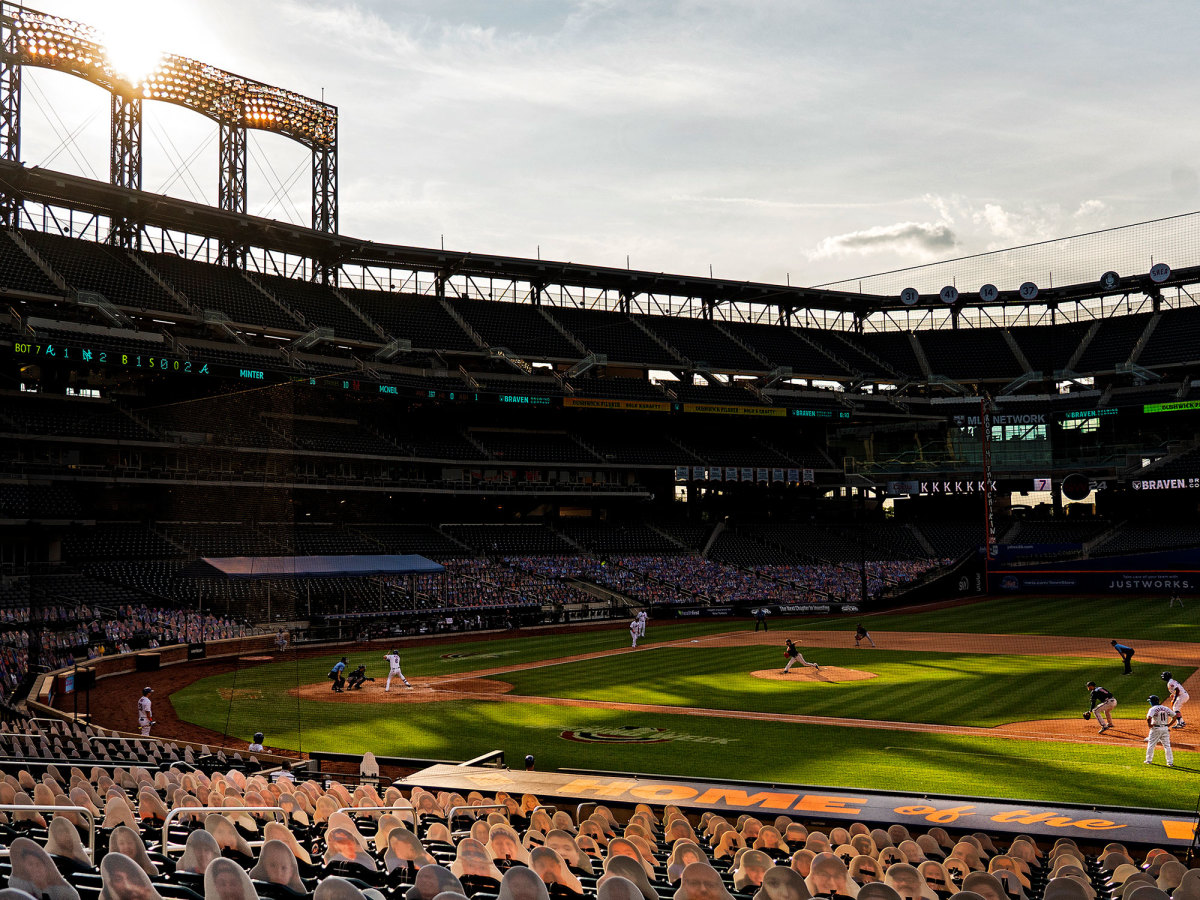Francisco Lindor Trade Shows Mets Intend to Be Perennial Powerhouse
Steve Cohen’s New York Mets made an announcement Thursday. It wasn’t just the trade for superstar shortstop Francisco Lindor and strikeout pitcher Carlos Carrasco from the Cleveland Indians for a relatively modest package. It was confirmation of what we suspected might happen when this wolf of Wall Street became the richest owner in baseball: the New York Mets intend to be on a par with the New York Yankees and Los Angeles Dodgers as annual power brokers in Major League Baseball.
This was the equivalent of George Steinbrenner, one year into his ownership of the New York Yankees, a team that missed the playoffs 10 straight years, signing free agent Catfish Hunter to a five-year, $3.75-million deal on Dec. 31, 1974. The Lindor deal is huge. But it is only the beginning.
“This is the signal that the Mets are going to be a big player in MLB,” said a rival front office executive, “which is basically what they should have been a long time ago. They are going to be what the Yankees have been for so many years. For years nobody has made a final decision without calling the Yankees to see if they can get the last dollar. The Mets will be in the same position.
“They will become one of the Power Fives. They’ve always been one of the Power Fives geographically, but now they will act like it. I’m talking about not having a bad year. Put it this way: A bad year for them will be 85 wins.”
The Mets ripped a page out of the Dodgers’ recent playbook. Two years ago, the Dodgers had money burning a hole in their pockets after resetting their competitive balance tax rate. Manny Machado and Bryce Harper were free agents. Los Angeles inquired, but held back. Why?
“If we’re going to do a $300 million deal–even $100 million–who do we want to give it to?” a Dodgers source recalled. “[Mookie] Betts and Lindor are the two best choices. Why? The whole package: age, talent, personality, etc.”

The Dodgers waited a year, then traded for Betts and signed him to a 12-year extension before he played in a regular season game for them. The Mets intend to do likewise with Lindor. Simply put, in the universe of available players via trade or free agency, Cohen’s Mets identified and acquired the very best player they could possibly get. Given Cohen’s money, the Mets’ plans, their investment already in Lindor in terms of capital assets and the New York spotlight for one of the game’s most stage-savvy players, it’s hard to imagine Lindor and the Mets ends as a one-year arrangement.
“He would be my first choice of any available player,” said another league rival executive. “It’s a really good trade for the Mets. I felt like they were in a unique position this winter with Steve Cohen taking ownership and in a pandemic marketplace. They took advantage of it, so it’s not surprising.
“Lindor is the right guy. They got their No. 1 priority in Lindor. That’s who you go get to be a top team for the next five years. I wouldn’t put a great deal of stock in his 2020. I just think at worst he’s a well-rounded player who makes an impact on both halves of an inning. At best, he’s a 10 top, top five MVP candidate repeatedly for a decade.
“And Carrasco is really good. The Mets’ run prevention last year wasn’t very good. This helps in two ways. Lindor is very good defensively and Carrasco is a very good pitcher. And I don’t expect them to be done, either.”
The four best teams in baseball are in the National League. In order: Dodgers, Braves, Padres, Mets. With Lindor and Carrasco, the Mets have closed the gap, especially because it cost them nothing from the core of the team. “The difference,” said one executive, “is the Braves will have a five-year window and the Padres have gone through how many losing seasons to get here? The Mets will be like the Yankees: each year you will expect them to be good.”
Here’s a look at what the Mets gave up:
Shortstop Amed Rosario, 25: Given his age, there is still some room for growth. But Rosario has a career on-base percentage of .302, has poor strike zone discipline (especially with two strikes) and unorthodox swing mechanics. Said one scout, “I don’t think he understands the strike zone enough to ever be truly successful. He’ll always be a good player, but never a great player.”
Infielder Andrés Giménez, 22: He is an excellent defender with an improving offensive game. “He’s nice player, a solid player,” the scout said.
Right-handed pitcher Josh Wolf, 20: From another scout: “A good athlete. Throws strikes. Figures to have trouble holding up with his delivery and developing secondary pitches. He’s got a pretty long way to go. He has the basic ingredients of a lot of guys. You see a lot of those guys in every draft, so he’s not unique in that sense.”
Outfielder Isaiah Greene, 19: “Never really warmed up to him,” a scout said. “He can run but is probably not a center fielder. Decent bat. In Southern California you see these guys play year-round against good competition. He just never really performed in games. The more we watched the less we liked.”
Said another scout, “Honestly, I don’t worry about who they gave up. I can see Lindor just lighting it up in New York.”
General managers like to perpetuate the myth that they want to build a “sustainable” winner. That’s fiction for most of them, a way to excuse tearing teams down and buying time until the next crop of overrated Single A prospects are found out. Baseball has not had a repeat World Series champion in 20 seasons, by far the longest such drought. Only three teams posted winning seasons in each of the past 10 years: the Yankees, Cardinals and Dodgers.

The next longest current streak? Eight straight winning seasons by Cleveland. It’s a truly remarkable streak given the franchise’s limited resources. Despite five playoff teams in those eight years, Cleveland never ranked higher than ninth out of 15 teams in league attendance. A 102-win team in 2017 coming off a World Series year drew only two million people–a loss of 1.4 million paid customers from a 90-win team in 2000. The appeal of going to the ballpark in Cleveland has dimmed. Just wait until they are asked to watch a team without Lindor.
The reality is most teams go through up and down cycles. Cleveland has had an extraordinary long upward cycle given its resources. But the trade of Lindor and Carrasco–two talented, likable players who are everything you want to attract fans–signals the winding down of that cycle.
The Mets’ cycle has been an inexcusably long downward one for a big-market team. They fielded only three winning teams in the last 12 years under the ownership of the Wilpons. They haven’t won more than 90 games since 2006. (Cleveland did so six times in that same span.)
The last time the Mets were one of the game’s superpowers was in the 1980s, when stars such as Gary Carter and Keith Hernandez joined homegrown talent such as Dwight Gooden and Darryl Strawberry. From 1984-91 the Mets averaged 95 wins per year, won a World Series and came within one game of playing in another. New York was a National League baseball town then. Just about every year back then the Mets would out-draw every team in the league except the Dodgers.
Cohen and the Mets have a long way to go to get to that level. In the past three seasons with fans the Mets have ranked ninth, 10th and ninth in the league in attendance. This trade is the start toward more wins and (pandemic willing) more fans. It can’t be looked at in isolation any more than you could look at Steinbrenner signing Hunter in isolation.
Twenty-nine baseball owners took a financial hit with their team last year because of the pandemic. One didn’t: Cohen, who is not just a new owner, but a rich one who is motivated by a fan’s perspective. Cohen closed on the sale of the Mets Nov. 6. Just two month later, he made his intentions obvious. He intends to turn the Mets into one of the game’s elite superpowers.
